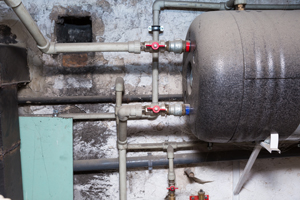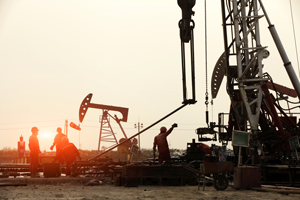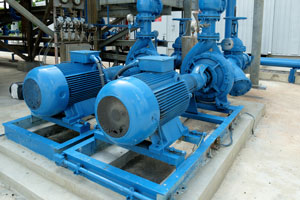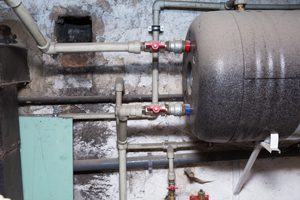 I often get asked, how should one simplify the hydronic balancing process? Since system blueprints will specify exactly where to set the balancing valves on the hydronic system to achieve proportional flow, it may seem simple enough for an installing contractor to determine the pressure drop through each circuit; however, hydronic systems are rarely installed exactly as designed. Continue reading “Work Smarter, Not Harder. Hydronic Balancing Simplified.”
I often get asked, how should one simplify the hydronic balancing process? Since system blueprints will specify exactly where to set the balancing valves on the hydronic system to achieve proportional flow, it may seem simple enough for an installing contractor to determine the pressure drop through each circuit; however, hydronic systems are rarely installed exactly as designed. Continue reading “Work Smarter, Not Harder. Hydronic Balancing Simplified.”
Select Key Pressure Measurements and Their Importance
 Last September, we wrote about the different types of pressure and how each type is referenced. This post discussed atmospheric (barometric), absolute, gage, vacuum, differential, and hydrostatic pressure. For a refresher on these pressure types, click here. This post will expand on last September’s post by listing some more key pressure measurements and explaining their importance. Continue reading “Select Key Pressure Measurements and Their Importance”
Last September, we wrote about the different types of pressure and how each type is referenced. This post discussed atmospheric (barometric), absolute, gage, vacuum, differential, and hydrostatic pressure. For a refresher on these pressure types, click here. This post will expand on last September’s post by listing some more key pressure measurements and explaining their importance. Continue reading “Select Key Pressure Measurements and Their Importance”
[New Product Release] Differential Pressure Transmitter, Series 629HLP
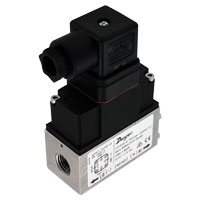
This week introduced the latest addition to the Dwyer pressure product line, with the Differential Pressure Transmitter, Series 629HLP. This transmitter is ideal for monitoring differential pressure in applications such as air handlers, heat exchangers, chillers, and hydraulic systems. Continue reading “[New Product Release] Differential Pressure Transmitter, Series 629HLP”
Hydraulic Fracturing for Oil Extraction
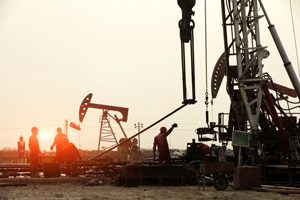 In the past few years, oil production in the United States has skyrocketed. In fact, the U.S. is out-producing many OPEC countries and is currently on track to become one of the largest oil-producing countries in the world, alongside Russia and Saudi Arabia.[1] The top oil producing region in the U.S. is known as the Permian Basin, which includes parts of Texas and New Mexico. Other major oil-producing states include Colorado, Oklahoma, North Dakota, Alaska, and California.[2] Continue reading “Hydraulic Fracturing for Oil Extraction”
In the past few years, oil production in the United States has skyrocketed. In fact, the U.S. is out-producing many OPEC countries and is currently on track to become one of the largest oil-producing countries in the world, alongside Russia and Saudi Arabia.[1] The top oil producing region in the U.S. is known as the Permian Basin, which includes parts of Texas and New Mexico. Other major oil-producing states include Colorado, Oklahoma, North Dakota, Alaska, and California.[2] Continue reading “Hydraulic Fracturing for Oil Extraction”
Pressure Monitoring in Pump Systems
Why do the inlet and outlet pressure of pumps need to be monitored? What issues may be encountered if they are not monitored?
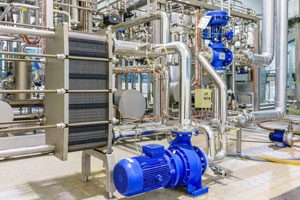 Air compressors, irrigation systems, and heat exchangers all use pumps to push air or water through their systems. If the pressure in any of these systems is too high or too low, it could have serious consequences for the pump, the pipes, or the entire system. Most engineers choose pumps that operate 80-110% of their Best Efficiency Point (BEP), the point on the curve where the pump is most efficient. Pump performance will suffer if the pump is operating outside of the BEP, so it is important to monitor pressure to ensure you are getting the most out of your pumping system. Continue reading “Pressure Monitoring in Pump Systems”
Air compressors, irrigation systems, and heat exchangers all use pumps to push air or water through their systems. If the pressure in any of these systems is too high or too low, it could have serious consequences for the pump, the pipes, or the entire system. Most engineers choose pumps that operate 80-110% of their Best Efficiency Point (BEP), the point on the curve where the pump is most efficient. Pump performance will suffer if the pump is operating outside of the BEP, so it is important to monitor pressure to ensure you are getting the most out of your pumping system. Continue reading “Pressure Monitoring in Pump Systems”

